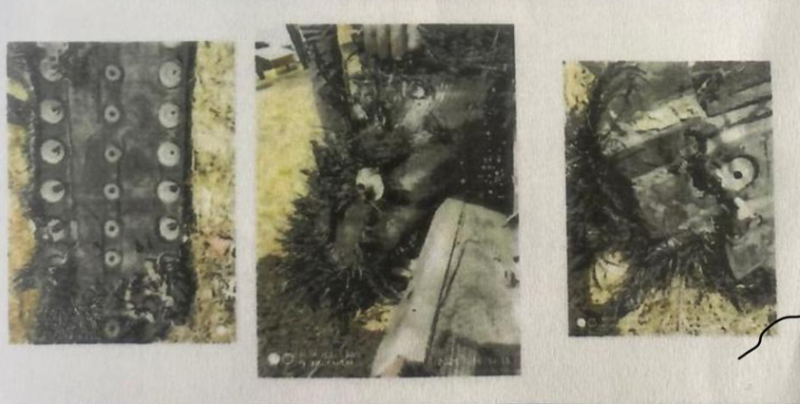Uganda may sue SpaceX over satellite debris damage – Here’s what happened

Ugandan forensic experts have traced the origins of space debris that fell across western Uganda in May 2023 to a SpaceX satellite launch.
The debris scattered across Kyegegwa, Sembabule, and Kyenjojo districts, damaging property over a 40-kilometre area and sparking public concern.
According to the report, conducted by Uganda’s National Forensic Sciences University (NFSU) and the Airforce, the objects that fell to Earth were fragments of “military-grade equipment,” crafted from advanced materials like carbon fibre and specialised alloys. These materials allowed the debris to withstand the intense heat of re-entry, with some fragments remaining largely intact upon landing.
In Nakawala village, Sembabule, one particularly large fragment pierced the roof of a home, creating a loud noise and a dust cloud that alarmed residents, as reported by local outlet Chimpreports.
The report attributes the incident to “defunct human-made objects in space, particularly in Earth orbit, which no longer serve a useful function.” It also notes that this incident is part of a global pattern, citing other SpaceX-related debris incidents in Australia, Washington State, North Carolina, and rural Canada.
The forensic report suggests that Uganda should consider pursuing legal action against Elon Musk’s SpaceX, citing Article 7 of the United Nations Outer Space Treaty. This treaty holds launching states responsible for damage caused by their space objects, allowing Uganda until May 2024 to submit a formal claim for damages. So far, however, Uganda has not taken any legal action against SpaceX.
SpaceX, in previous cases, has cooperated with cleanup efforts while also stating that much of its debris burns up upon re-entry. Environmental concerns about such debris have also been raised by Takao Doi, a Japanese astronaut and aerospace engineer at Kyoto University.
In a 2020 interview with the BBC, Doi warned of the environmental risks associated with satellite re-entry, explaining, “Satellites that re-enter the Earth’s atmosphere burn and create tiny alumina particles, which will float in the upper atmosphere for many years and eventually affect the environment of the Earth.”
To address the issue of space junk, Doi and his team recently launched the world’s first wooden satellite in November, aiming to study timber’s potential as an eco-friendly material for future space missions.